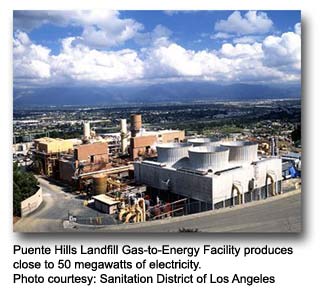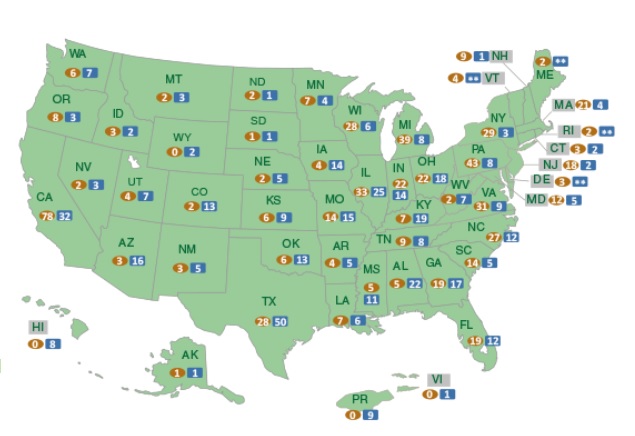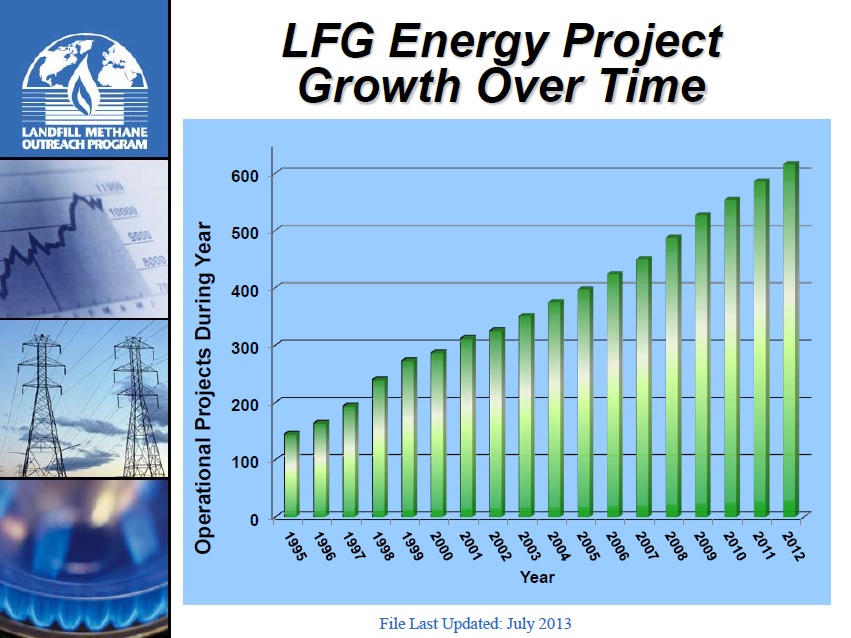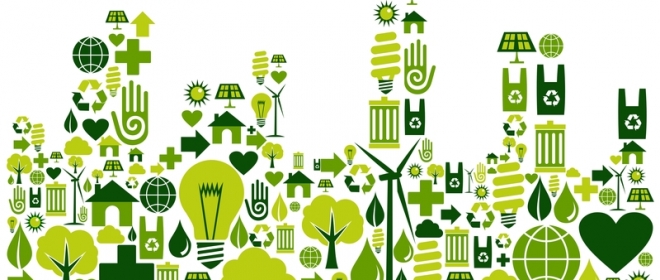Its no argument that California is home to the largest population in the United States. With over 37,000,000 California residents, Californians no doubt produce A LOT of waste. In fact the state produces over 42 million tons of waste per year. The majority, I mean the vast majority of this waste being disposed of into landfill environments. When organic material (not the Whole Foods organic, the carbon based organic) is disposed of into landfill environments the biodegradation process of organics in these type of environments (low oxygen) produces a tremendous amount of methane gas. This gas, (methane) is a very potent greenhouse gas and if not handled properly would be very bad to release into the atmosphere. Luckily we have solutions for handling the methane produced from landfills. The California Energy Commission recognizes that a good solution to handling the methane gas that is generated from landfill sites it to collect the gases and convert it to green energy.
As of July 2013, California has 78 operational landfill gas recovery projects with 32 additional landfill candidates. In 1995, the 42 landfill gas to energy sites produced a total electricity production of about 246 megawatts. Today with over 36 additional sites the production of electricity is much higher.
Landfill gas to energy has been commercially utilized in California now for several decades with the state including landfill gas to energy as part of its green energy portfolio.
If California and nearly all other states within the United States recognize the value in converting landfill gas into energy, wouldn’t it make since that we take measures to ensure that the waste that goes into landfills would biodegrade within the managed time-frame of that landfill? If you answered yes, you would be thinking the same way we do and this is why our ENSO RESTORE landfill biodegradable additive is such a value added technology. Plastics enhanced with ENSO RESTORE allow brands, manufacturers and consumers to know that regardless of it that plastic item will end up disposed of in a recycle stream or landfill it will provide a value outlet and will no longer be looked at as just waste or garbage.
You can view the California Energy Commissions website on landfill gas to energy here: http://www.energy.ca.gov/biomass/landfill_gas.html



